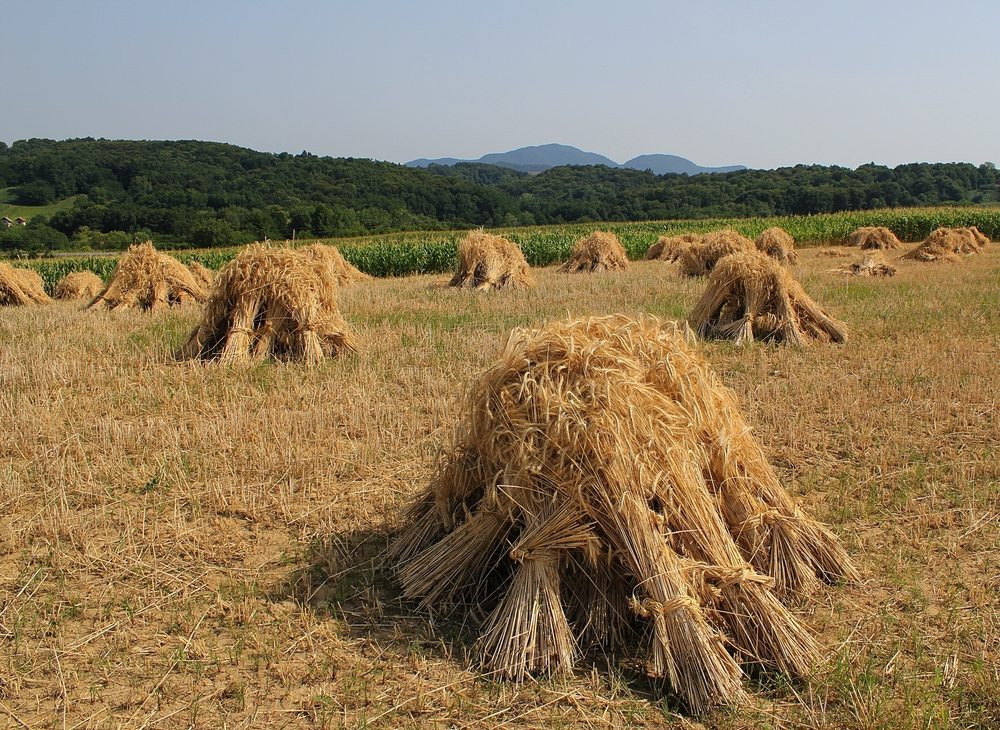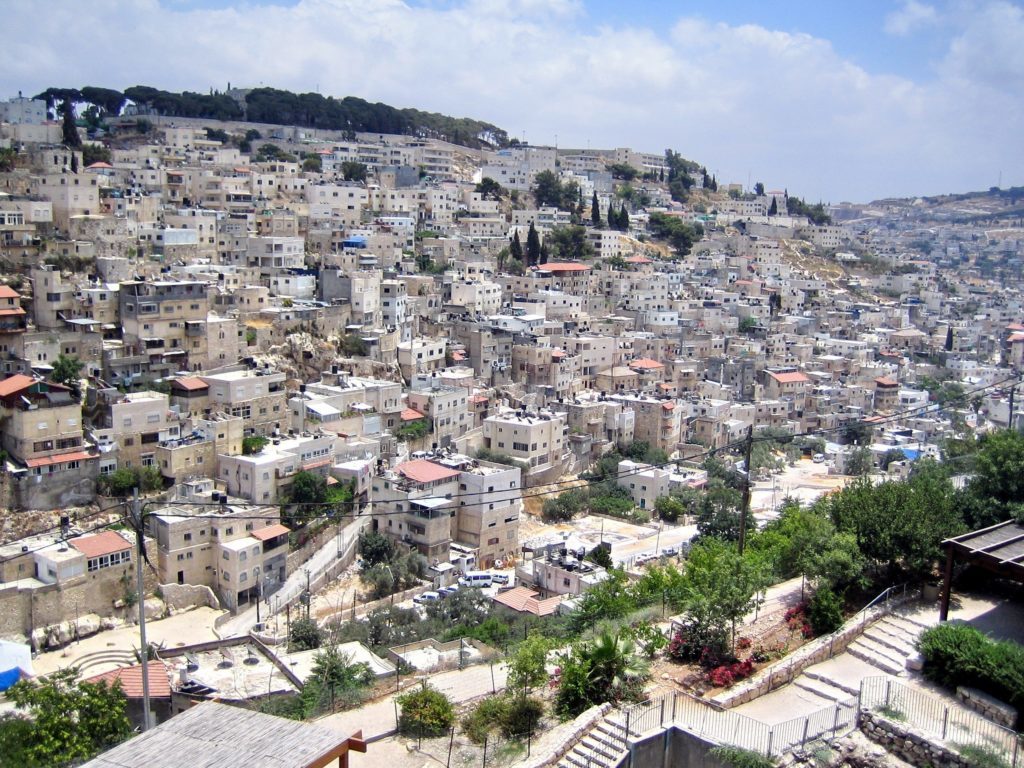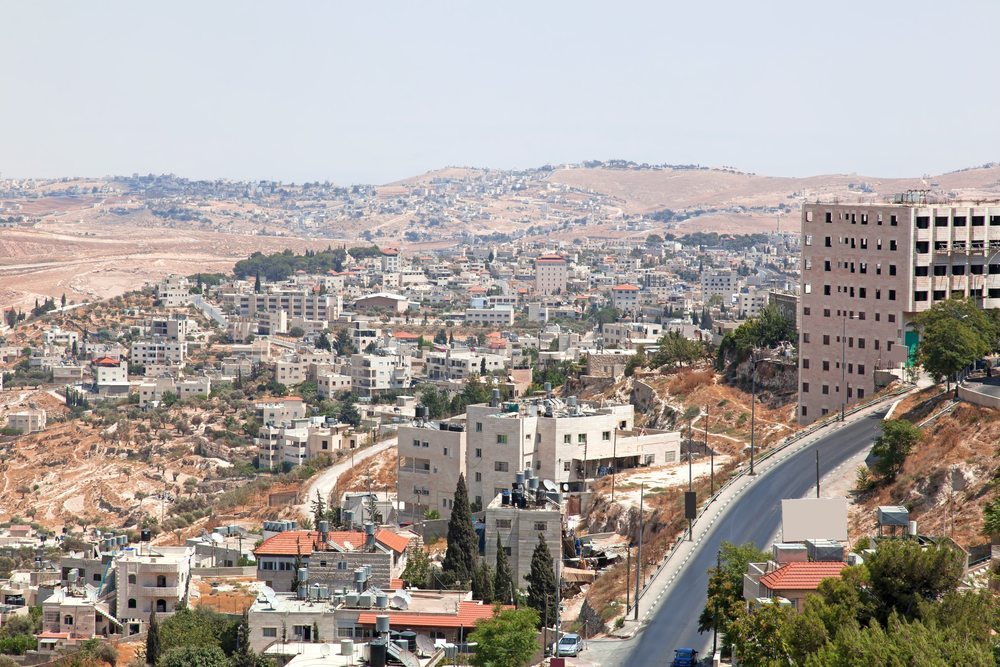The Jewish festival of Pentecost – one of the three biblical pilgrimage feasts – will be celebrated by Jews around the world on Sunday May 24. The Hebrew name for the festival is Shavuot, which means “weeks”. This refers to the fact that the festival takes place exactly seven weeks after Passover. The English name Pentecost is based on the Greek word for “fifty” expressing the same idea: the festival is the “fiftieth” day after Passover. One of the well-known Jewish rituals connected with this festival is the public reading of the biblical Book of Ruth. Why?
The Book of Ruth is unique for many reasons. It one of the shortest books in the Hebrew Bible, containing only four chapters and a mere 85 verses. It appears in different places in the various biblical canons. In Christian Old Testaments Ruth is found after the Book of Judges since the opening verse of Ruth situates the narrative historically “in the days when the judges ruled” (Ruth 1:1). In the Jewish Tanakh, by contrast, Ruth appears at the very end of the canon together with the other scrolls which are publicly read in synagogues on holidays: Song of Songs, Lamentations, Ecclesiastes and Esther. Ruth also contains one of the most bucolic narratives in the Bible. The story is set in the countryside, in the Judean village of Bethlehem prior to the establishment of the Israelite monarchy. The story is a beautiful pastoral story of a Moabite woman who leaves her homeland and falls in love with a Judean man, gets married and builds a family that will go on to become a royal dynasty.

Gleaners were permitted to gather up any of the remaining wheat that had been left behind by the farmer after he finished harvesting his field.
The first reason why Ruth is read on Shavuot has to do with the agricultural calendar. The three pilgrimage festivals found in the Hebrew Bible (Exodus 23:14) mark important moments in the annual agrarian cycle: Passover is the beginning of barley harvest (April), Pentecost is the end of wheat harvest and the beginning of the fruit harvest (June), and Tabernacles is the end of the fruit harvest (October). In addition to the name Shavuot, the feast of Pentecost contains several other Hebrew names which are explicitly agrarian, including: Hag HaKatzir (“the harvest feast”) and Yom HaBikkurim (“the day of firstfruits”). Like Shavuot, the book of Ruth is a very agrarian in character, giving us one of the best depictions of ancient Israelite agricultural practices including: reaping, gleaning, threshing and winnowing. The whole narrative takes place around the harvest calendar. When Naomi and Ruth return from Moab to Judah, the text says: “They arrived in Bethlehem at the beginning of the barley harvest” (1:22). This is at the start of the spring, right around the time of Passover. A few chapters later, the text says Ruth “stayed closed to maidservants of Boaz and gleaned until the barley harvest and wheat harvest were finished” (2:23). This is at the end of the spring, right around the time of Shavuot. This means that most of the narrative takes place right around the period of Shavuot.
The second reason why Ruth is read on Shavuot concerns the genealogical information at the very end of the book. Ruth and Boaz are married and have a son. Regarding this boy, the text says: “They named him Obed; he became the father of Jesse, the father of David.” (Ruth 4:17). This makes Ruth the great-grandmother of King David. This is perhaps the main reason why this lighthearted pastoral story was included in the canon of the Hebrew Bible. The connection with Shavuot? King David, according to a post-biblical Jewish tradition, was both born and died on Shavuot (see Ruth Rabbah 3:2; Jerusalem Talmud, Beitza 2:4), so it makes sense to read about David’s genealogical line on his birthday.

At the bottom right, the eastern flank of the City of David, the original biblical city of Jerusalem.
A third reason why Ruth is read on Shavuot has to with Ruth’s courageous decision to voluntarily enter into the nation of Israel. Refusing to allow her mother-in-law Naomi to return alone to the land of Judah, Ruth utters words which among the most famous in the Bible:
Do not urge me to leave you or to turn back from following you! Where you go, I will go; where you lodge, I will lodge; your people shall be my people, and your God my God. Where you die, I will die—there will I be buried. May the LORD do thus and so to me, and more as well, if even death parts me from you!” (1:16-17)
וַתֹּאמֶר רוּת אַל-תִּפְגְּעִי-בִי, לְעָזְבֵךְ לָשׁוּב מֵאַחֲרָיִךְ: כִּי אֶל-אֲשֶׁר תֵּלְכִי אֵלֵךְ, וּבַאֲשֶׁר תָּלִינִי אָלִין–עַמֵּךְ עַמִּי, וֵאלֹהַיִךְ אֱלֹהָי. בַּאֲשֶׁר תָּמוּתִי אָמוּת, וְשָׁם אֶקָּבֵר; כֹּה יַעֲשֶׂה יְהוָה לִי, וְכֹה יוֹסִיף–כִּי הַמָּוֶת, יַפְרִיד בֵּינִי וּבֵינֵךְ.
This famous passage is full of interesting verbs, but the first verb (“urge”) is perhaps the most remarkable. In Hebrew the word is תִּפְגְּעִי tifgei. This comes from the root p-g-‘ (פגע) that does not merely mean to urge, but something much more physical. It is to aggressively press up against someone, even afflicting them. The verb is used in this explicitly physical manner in the same book. In the following chapter, Boaz assures Ruth that she is welcome to glean in his field. Gleaning was the practice of allowing the poor to pick the crops that had been left behind by the harvesters. Although this was a biblical mandate (Lev. 19:19; Deut. 24:19), apparently not all farmers were hospitable towards gleaners. Therefore Boaz assures Ruth: “I have ordered the men not to molest you” (Ruth 2:9). The word molest is nog’ekh (נָגְעֵךְ) from the same root. A few verses later, Naomi warns Ruth of the aggressive opposition that some farmers had to gleaners: “It is better, my daughter, that you go out with Boaz’s young women, otherwise you might be hassled in another field.” (2:22). The word hassled in Hebrew is ifgeu (יִפְגְּעוּ) from the same root.
The fact that Ruth rejects Naomi’s offer to stay in Moab using the Hebrew verb “to afflict” demonstrates how truly willing she was to join the Jewish people. She had to endure physical rejection by Naomi even going so far as to “cling to her” (1:14). This must have been very difficult. Ruth’s co-sister-in-law Orpah was not able to overcome the affliction and eventually returns home, kissing Naomi goodbye (1:14). But not Ruth! She “struggles steadfastly” (mitametzet) to prove her devotion to Naomi until the latter simply “stopped speaking to her” (1:18). The two proceed in silence until they reach Bethlehem. Those must have been a few very awkward hours. Although Ruth does not undergo a formal conversion process, she has effectively bound herself to the people of Israel by overcoming Naomi’s physical dismissal. The connection with Shavuot? According to another post-biblical tradition, Shavuot is the date of the giving of the Torah to Moses on Mount Sinai (Babylonian Talmud, Berachot 12a). Like the Israelites who actively accepted the Torah, uttering “all that the Lord has spoken we will do” (Exodus 19:8), so too Ruth willingly joined the Jewish people.








A truly wonderful article that brings out deep spiritual truths through the story of Ruth, as well as its significance to the Shavuot. Thanks.
I like understanding the lineage of King David. A king came from not so perfect ancestry. Our Messiah is also from the lineage of Ruth and will be our King of Kings.
I find myself mirroring Miriam’s comment above: triple Wow! A great word-study, and a very plausible and enlivening glimpse into the early journey of Miriam and Ruth.
I can see how prophecy was being fulfilled and the process of Adonai bringing people together so that his will be done. The lineage was predicted and Adonai’s word will be performed. I can see how steps were ordered in this passage! Thank you for sharing
I have read the story of Ruth several times, but Dr Jonathan’s teaching gives me a deeper understanding and love for the kind of woman Ruth was. She, whether knowingly or not was following the commandments to honor her mother, with the desire to follow the One True God, even to the point of giving up her culture and taking on her deceased husband’s and mother-in-law’s way of life . . .amazing woman God chose to be the great great grandmother of King David and the Messiah! WOW!!